Language Programs
Language Revitalization Program
- Expand the organizational capacity of Doyon Foundation to effectively and efficiently develop, implement and sustain a Native language revitalization program.
- Develop a language revitalization program that will ensure the cultures and languages of the Doyon region are taught, documented and easily accessible.
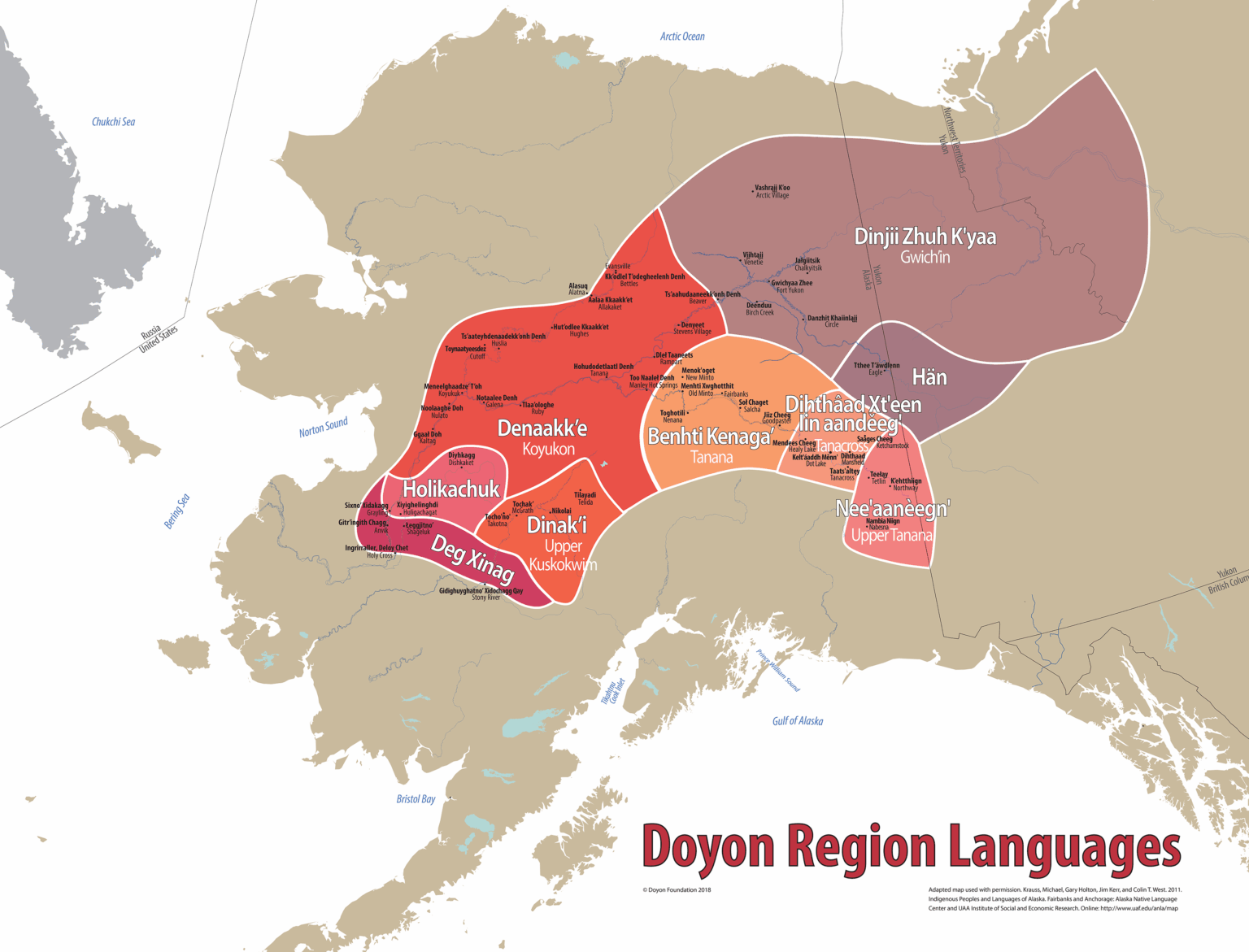
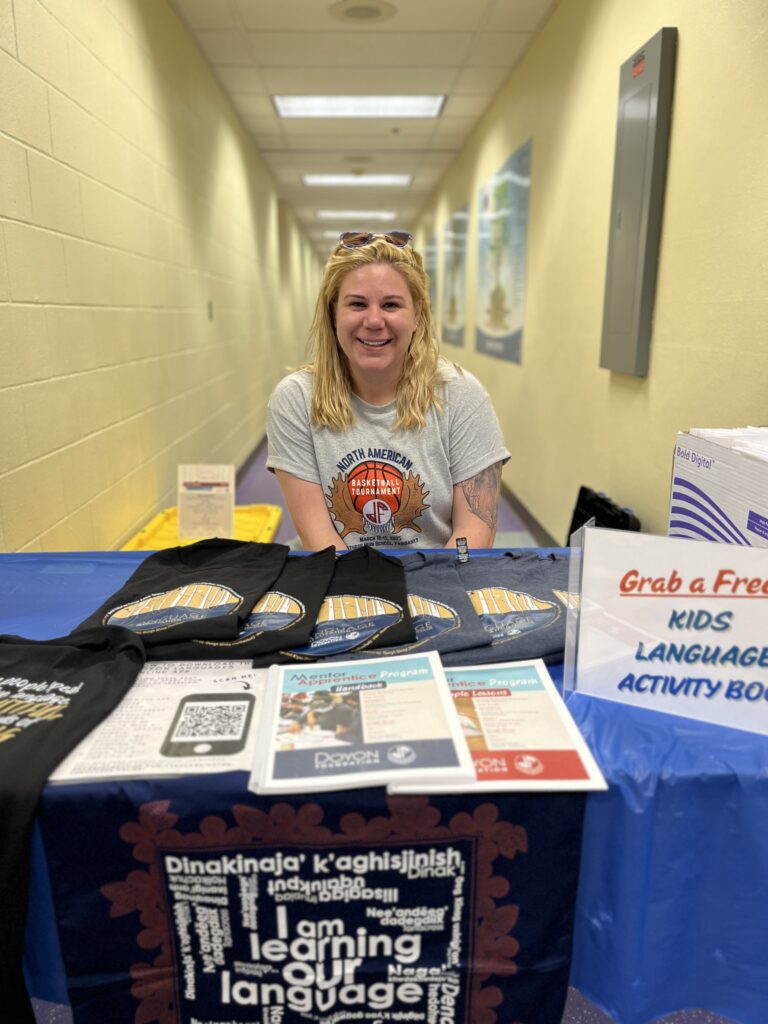
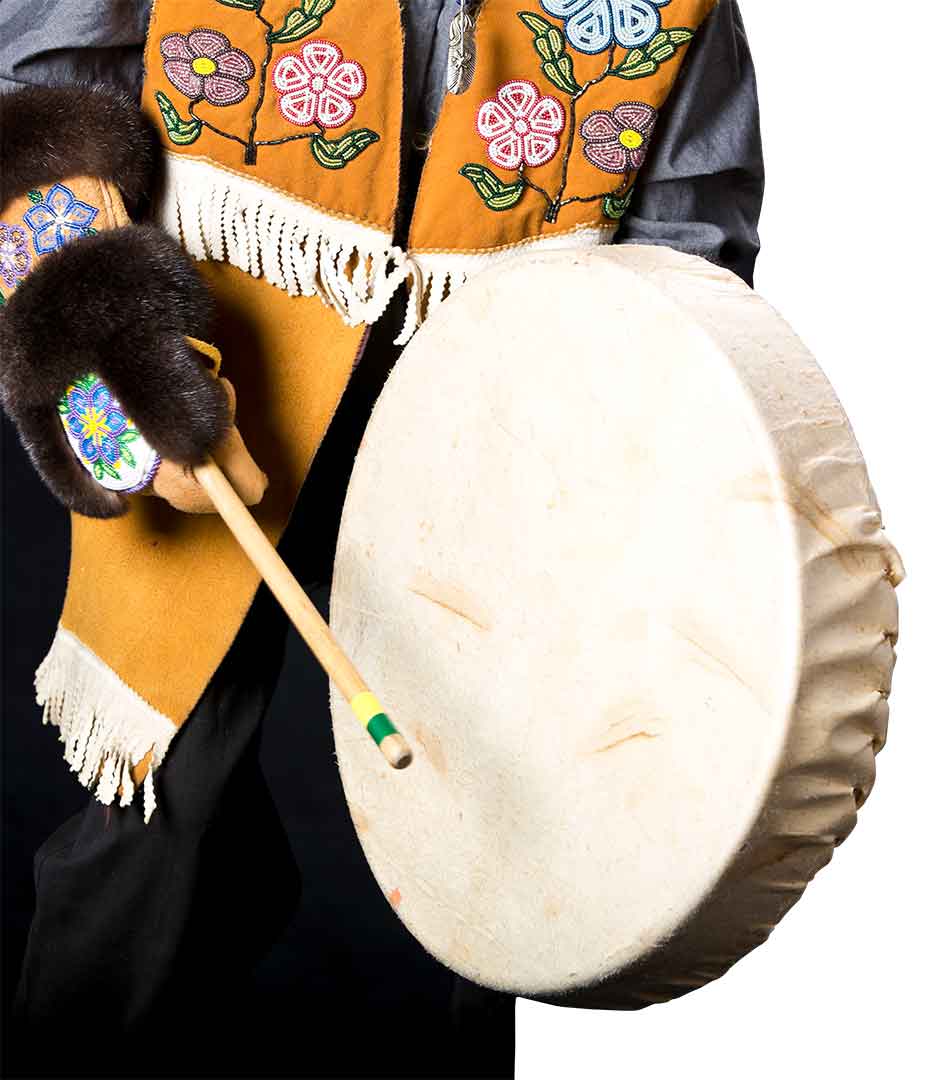
Learn your language with Doyon Languages Online

Doyon Languages Education


Mentor-Apprentice Program (MAP)
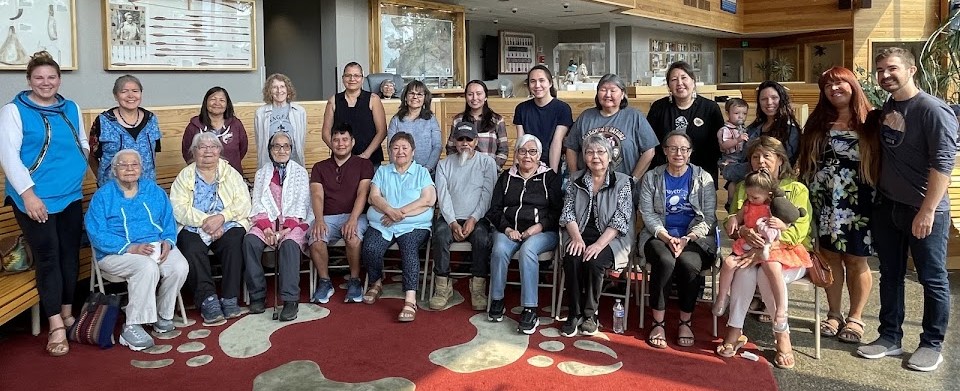
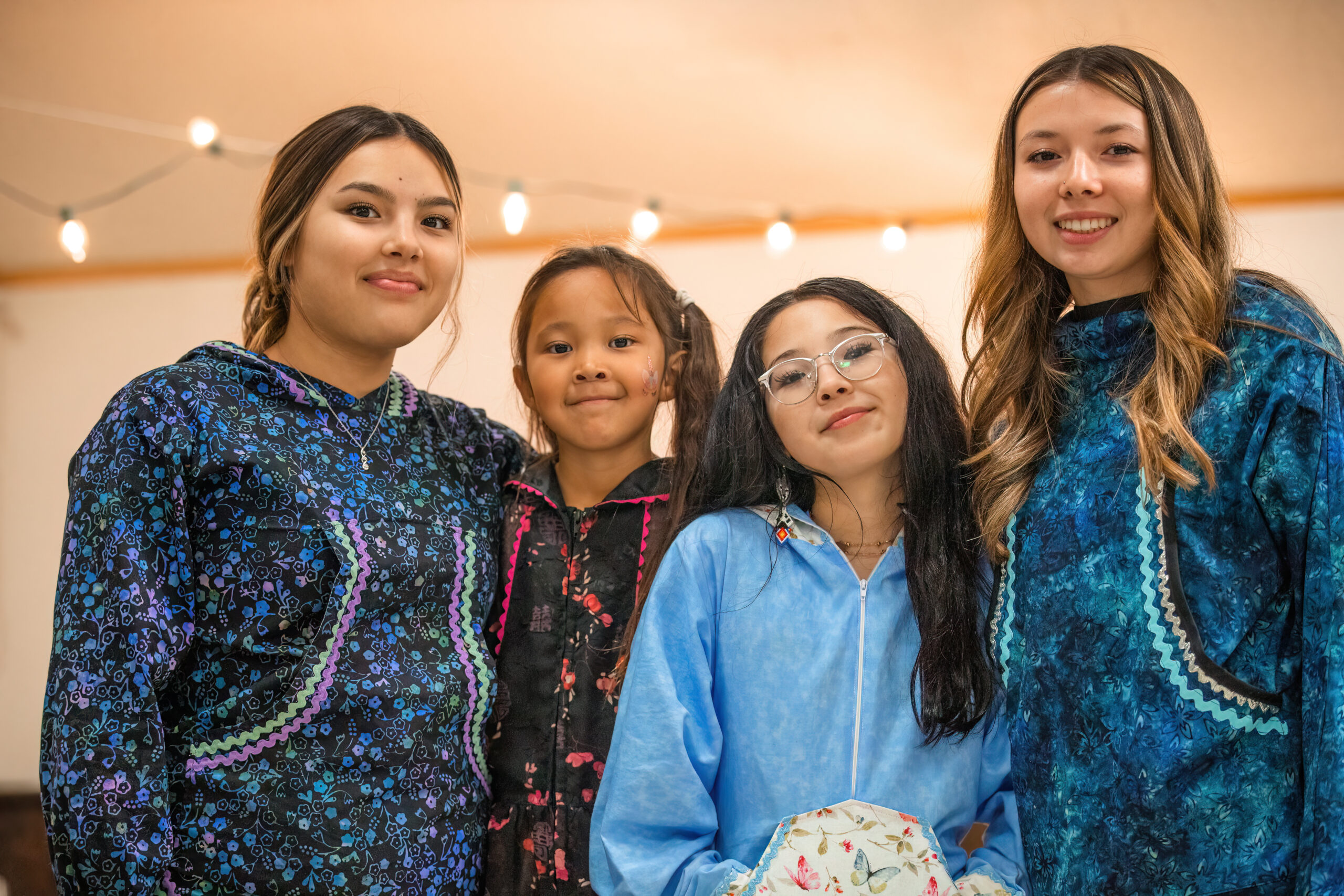
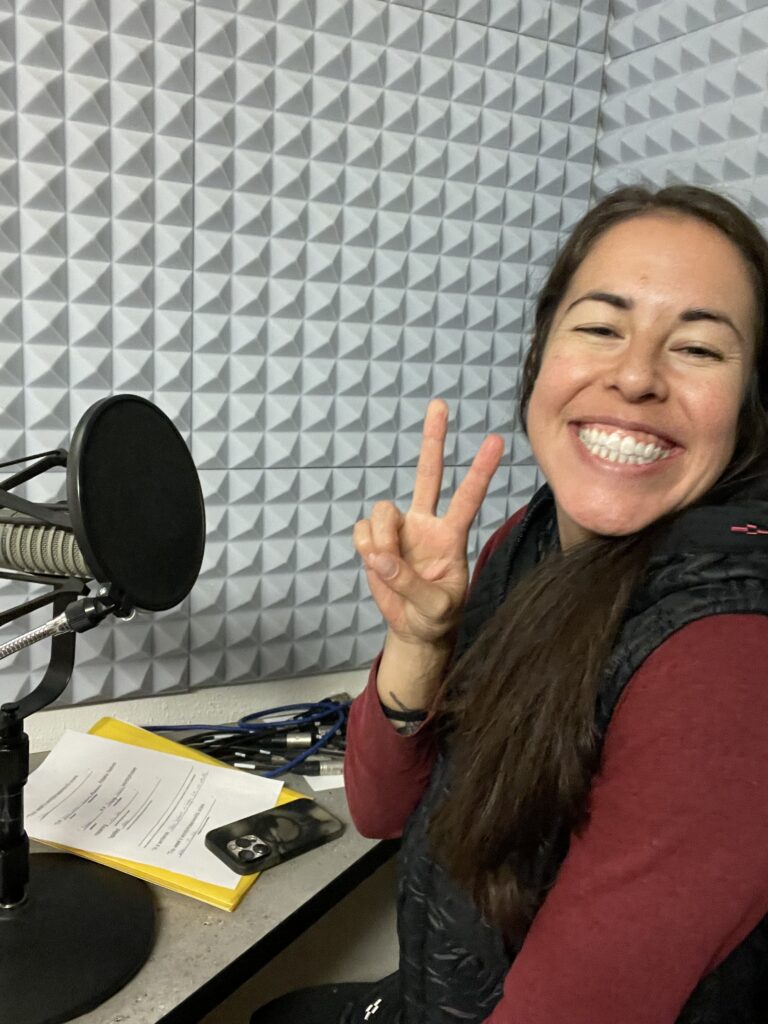

alaska native
Word of the Week
The Doyon Foundation, in collaboration with KUAC, is excited to announce the launch of a new initiative, Alaska Native Word of the Week, aimed at celebrating and preserving Alaska Native languages.
We are seeking Alaska Native language speakers from the Doyon region to record short segments for this upcoming KUAC feature. Participants will have the opportunity to share a word or phrase from their native language and help keep Alaska’s rich linguistic heritage alive for current and future generations.
How to Participate:
- Interested speakers should record themselves using the provided script, ensuring clarity and correct pronunciation.
- Completed recordings and signed releases should be submitted via email to [email protected]
- If you are in Fairbanks or planning a trip to Fairbanks, consider coming to the KUAC studios to record in-person. Email with your availability and your script so we can work with you on studio time.
At this stage, submissions are being collected. Participants will be notified once the segments begin airing on KUAC, so they can listen for their featured word or phrase on the radio.
For more information about participating, please contact Interim Language Revitalization Director, Lucy Miller at [email protected] or KUAC at [email protected]
KUAC is a public media station serving Interior Alaska, providing news, cultural programming, and educational content to its listeners.
Speak our language
“Congratulations”
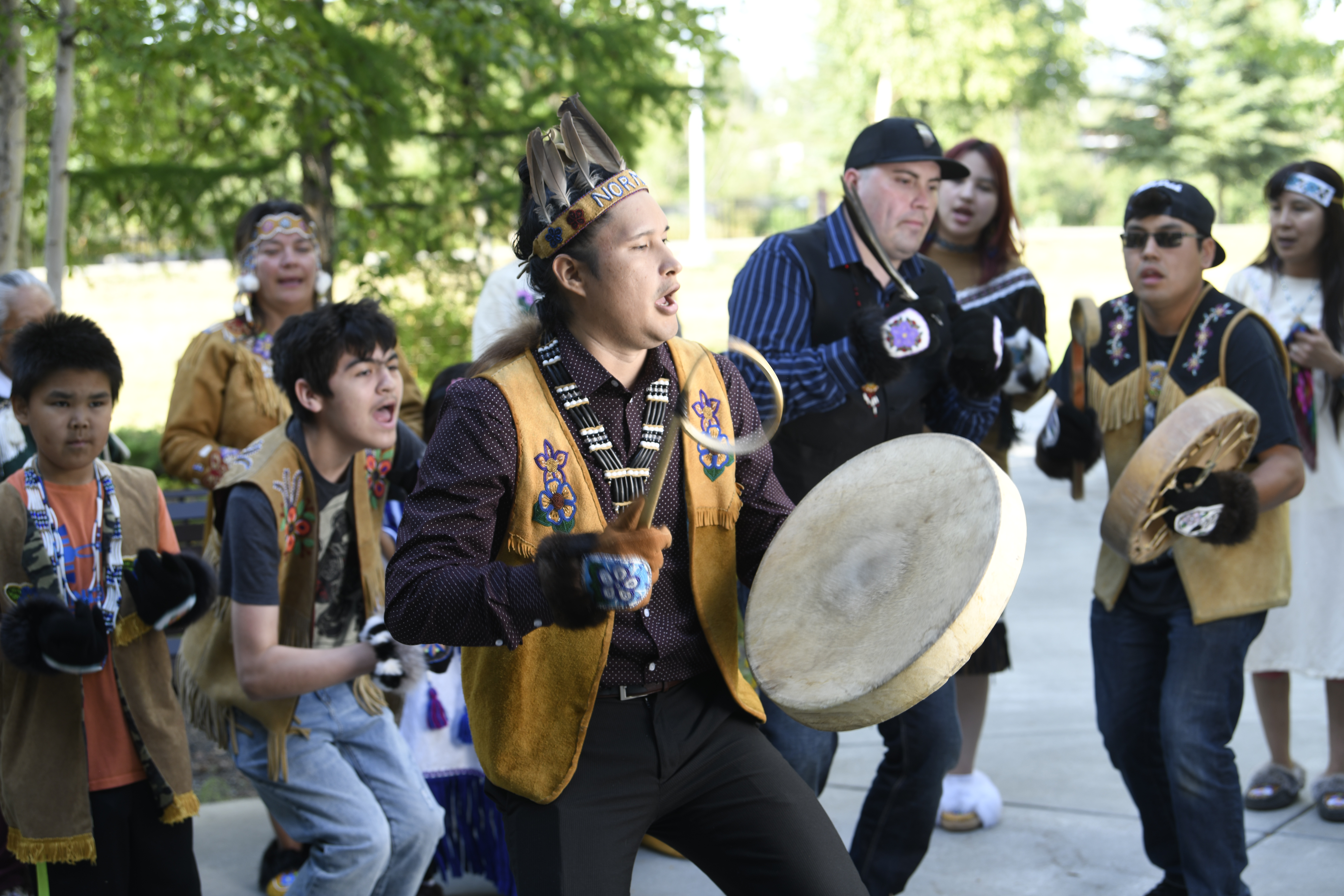
Neghwnh Kesrodejets’eyh Benhti Kokhut’ana Kenaga’ (lower Tanana)
Negoxo Dinaxoneł Deg Xinag
Yeho Sozelts’eeyh Denaakk’e (Koyukon)
Naa Neghah Xunsu̧u̧ Dihthaad Xt’een lin Aanděeg’ (Tanacross)
Nugh Tsenanh Isdlanh Dinak’i (upper Kuskokwim)
Nashoo Rahłii Dinjii Zhuh K’yaa (Gwich’in)
Nëshoo Tr’iinlii Hän
Piluataqtutin Inupiaq
Hǫǫsuu’ Nee’aanèegn’ (Upper Tanana)